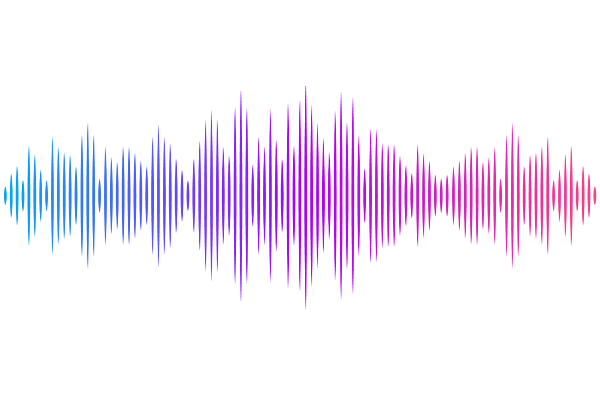Diverse modes of T cell receptor sequence convergence define unique functional and cellular phenotypes

Diverse modes of T cell receptor sequence convergence define unique functional and cellular phenotypes
Schattgen, S.; Vegesana, K.; Hazelton, W. D.; Minervina, A.; Valkiers, S.; Slowikowski, K.; Smith, N. P.; MGH COVID-19 Team, ; Villani, A.-C.; Thomas, P. G.; Bradley, P.
AbstractSingle-cell techniques allow concurrent study of gene activity and T cell receptor (TCR) sequences, identifying connections between TCR structure and cell traits. Expanding on our CoNGA software, we present a \"metaCoNGA\" analysis of 6 million T cells from 91 diverse studies, mapping TCR sequence similarity across tissues and diseases. This approach exposes shared TCR features within specific T cell subsets, including those associated with infection, cancer, and autoimmunity. We introduce a method to identify T cell groups with similar gene expression and biased TCR amino acid composition, providing a systematic framework for classifying diverse unconventional T cells, including KIR+ CD8+ T cells, CD4+ regulatory T cells, and subsets of NKT and MAIT cells. A new TCR clustering approach identifies thousands of convergent TCR sequence clusters hypothesized to target shared antigens. These clusters show coherent gene expression, highlighting the role of antigen exposure in shaping T cell behavior. Finally, we provide a tool for users to merge new data with this resource and rapidly identify T cell features in their data sets. This resource empowers investigations into the complex relationship between TCR sequence and T cell function in human health.